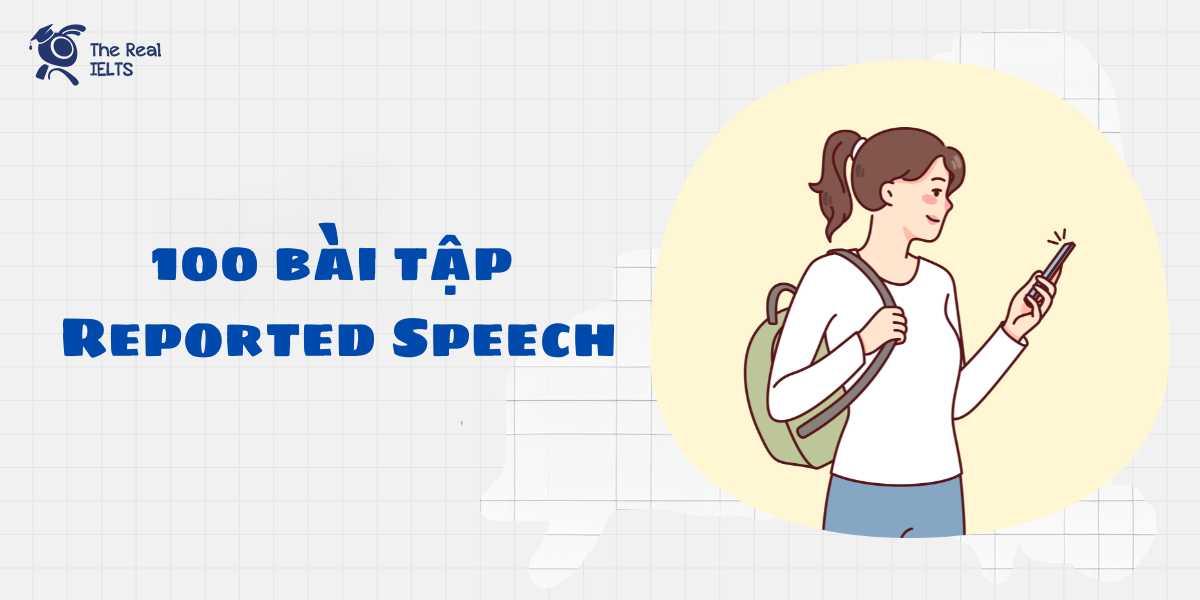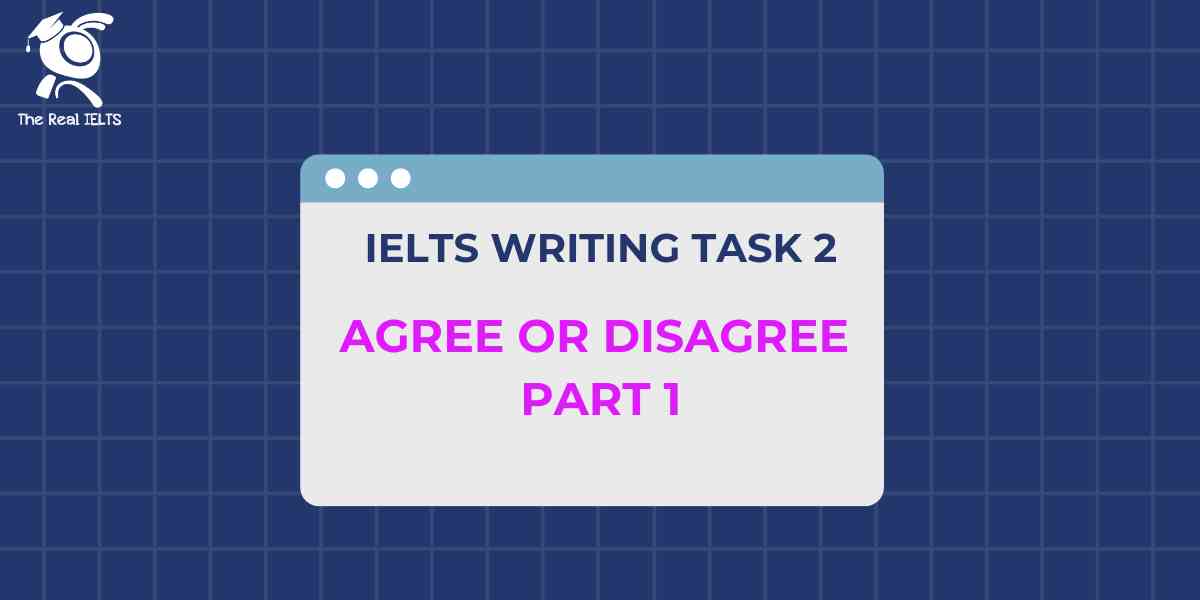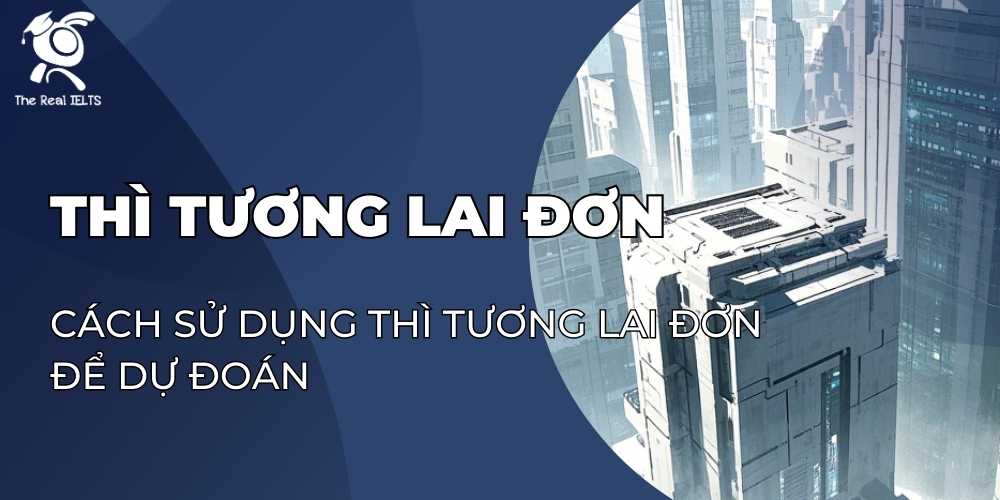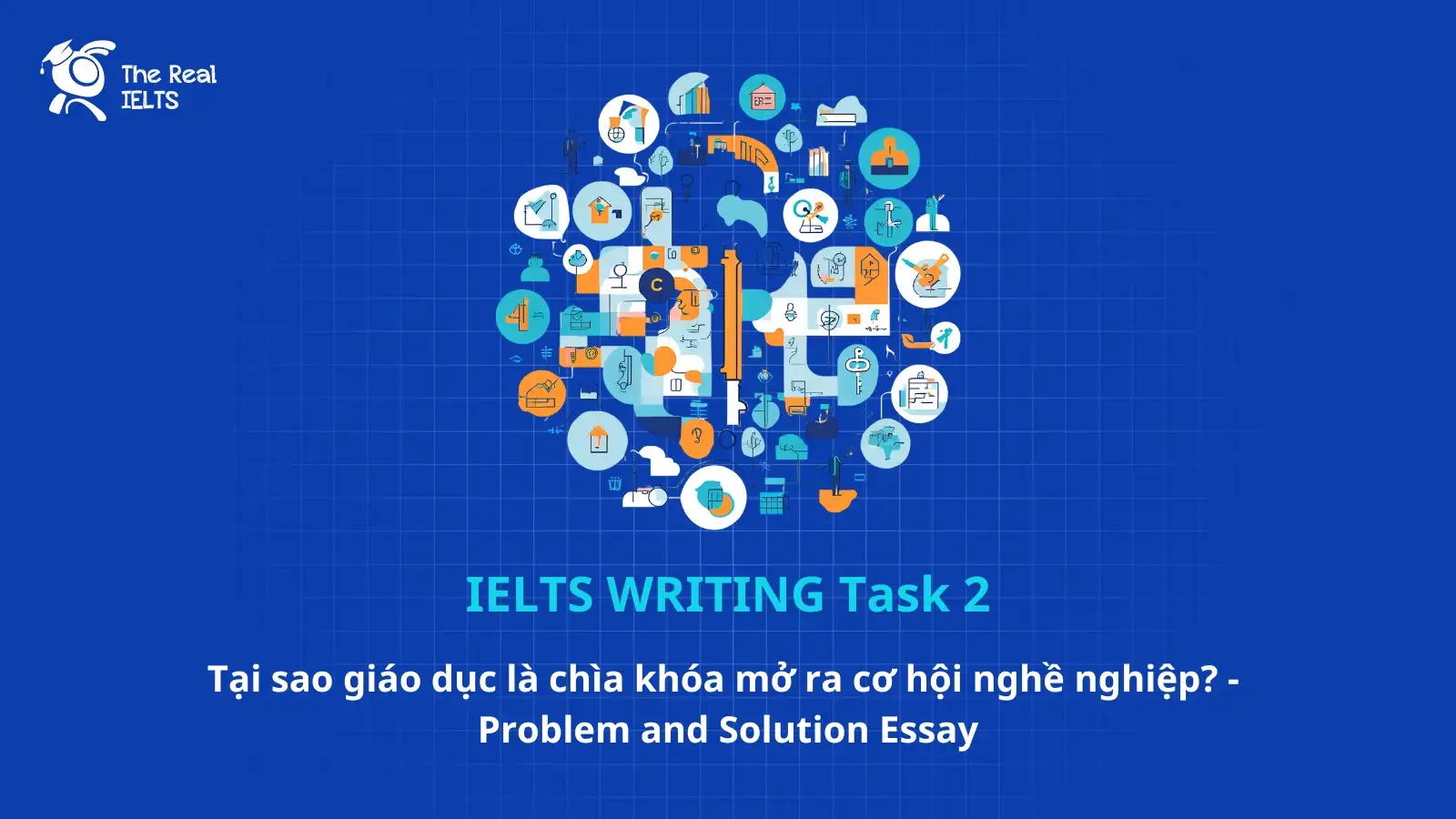Luyện tập IELTS Reading ngày 17 có chủ đề: The Role of Education in Poverty Reduction. Bài này thuộc chuỗi IELTS Reading: 30 chủ đề luyện tập. Mỗi bài này luyện tập khoảng 30 phút.
Học lại bài cũ: IELTS READING Day 16: The Rise of E-commerce and Its Impact on Traditional Retail.
Đọc bài IELTS Reading và trả lời câu hỏi ở bên dưới
Education is often hailed as a critical tool for breaking the cycle of poverty. While there are numerous factors that contribute to poverty, access to quality education can significantly reduce its prevalence, creating opportunities for individuals to improve their living standards and contribute to the economic growth of their communities.
One of the primary ways in which education helps alleviate poverty is by improving employment prospects. Individuals with higher levels of education are more likely to secure stable and well-paying jobs, which allows them to support themselves and their families. According to a report by the United Nations Educational, Scientific and Cultural Organization (UNESCO), every additional year of schooling increases an individual’s earnings by roughly 10%. Furthermore, educated workers are better equipped to adapt to changing job markets, as they typically possess a broader range of skills.
Education also plays a critical role in promoting gender equality, which is closely linked to poverty reduction. In many developing countries, girls are often denied access to education due to cultural, economic, or political barriers. However, studies have shown that educating girls can have a powerful ripple effect. When women are educated, they are more likely to participate in the workforce, have fewer and healthier children, and invest more in their children’s education, which further contributes to reducing poverty across generations.
Another significant benefit of education is its potential to improve health outcomes. Educated individuals are more likely to be aware of health risks and how to prevent diseases, reducing the burden of healthcare costs on families. For example, education can lead to better knowledge of hygiene practices, nutrition, and family planning, all of which contribute to healthier communities.
However, despite the clear benefits, access to education remains a challenge in many parts of the world. According to UNICEF, approximately 258 million children and youth were out of school globally in 2020, primarily in low-income regions. Barriers to education can range from inadequate infrastructure, such as lack of schools or teachers, to financial constraints that make it difficult for families to afford tuition fees, uniforms, or transportation.
To address these challenges, governments and international organizations have been working to increase access to education through initiatives such as building schools in rural areas, providing scholarships for low-income students, and offering free or subsidized educational materials. In addition, innovative approaches like online learning and mobile education are being explored to reach underserved populations.
In conclusion, education is an essential tool in the fight against poverty. By increasing employment opportunities, promoting gender equality, and improving health outcomes, education not only helps individuals lift themselves out of poverty but also contributes to the broader development of societies.
Từ vựng
- hailed – ca ngợi
- cycle – vòng lặp
- poverty – sự nghèo đói
- prevalence – sự phổ biến
- opportunities – cơ hội
- improve – cải thiện
- living standards – mức sống
- contribute – đóng góp
- economic growth – tăng trưởng kinh tế
- employment prospects – triển vọng việc làm
- secure – đạt được, bảo đảm
- stable – ổn định
- earnings – thu nhập
- adapt – thích nghi
- gender equality – bình đẳng giới
- barriers – rào cản
- ripple effect – hiệu ứng dây chuyền
- participate – tham gia
- health outcomes – kết quả sức khỏe
- health risks – rủi ro sức khỏe
- prevent – ngăn ngừa
- burden – gánh nặng
- nutrition – dinh dưỡng
- family planning – kế hoạch hóa gia đình
- infrastructure – cơ sở hạ tầng
- scholarships – học bổng
- subsidized – được trợ cấp
- educational materials – tài liệu giáo dục
- innovative – sáng tạo
- online learning – học trực tuyến
- mobile education – giáo dục qua thiết bị di động
- underserved populations – các nhóm dân cư thiệt thòi
- broader development – sự phát triển toàn diện
Câu hỏi IELTS Reading The Role of Education in Poverty Reduction
Questions 1-5
Do the following statements agree with the information given in the reading passage?
Write:
- True if the statement agrees with the information
- False if the statement contradicts the information
- Not Given if there is no information on this
- Education is the most important factor in reducing poverty.
- Women with higher levels of education tend to have more children.
- The cost of education is the only barrier for families in low-income regions.
- UNESCO reports that each year of education can increase a person’s earnings by around 10%.
- Online learning can help reach populations that lack access to traditional schooling.
Questions 6-9
Choose the correct letter, A, B, C, or D.
- According to the passage, what is the primary way education reduces poverty?
A. By promoting cultural development
B. By improving employment prospects
C. By reducing healthcare costs
D. By eliminating economic inequality - What impact does education have on health, according to the passage?
A. It increases the need for healthcare services
B. It helps individuals better understand disease prevention
C. It has no effect on community health
D. It primarily benefits elderly populations - What percentage of children were out of school globally in 2020, according to UNICEF?
A. 158 million
B. 200 million
C. 258 million
D. 300 million - What is one of the barriers to education mentioned in the passage?
A. Political instability
B. Lack of qualified teachers
C. Insufficient demand for education
D. Overcrowded cities
Questions 10-13
Complete the summary below using NO MORE THAN TWO WORDS from the passage for each answer.
Education is vital in reducing poverty as it enhances employment opportunities and helps people earn higher wages. It also improves gender equality, particularly by allowing more girls to receive an education. Educated women contribute more to the workforce and improve family health. However, access to education remains a problem due to various barriers, including financial difficulties and 10 _______ infrastructure. Governments are working to increase educational access through initiatives like building more schools and offering 11 _______ to low-income students. Innovative methods such as 12 _______ education and mobile learning are also being explored. Overall, education is a powerful tool for fighting poverty and promoting 13 _______ development.
Đáp án IELTS Reading The Role of Education in Poverty Reduction
Questions 1-5
Do the following statements agree with the information given in the reading passage?
- False – Education is important, but the passage doesn’t claim it’s the most important factor.
- False – Educated women tend to have fewer children, not more.
- False – The passage mentions other barriers like inadequate infrastructure, not just cost.
- True – The passage states that every additional year of schooling increases earnings by roughly 10%.
- True – The passage mentions that online learning can reach underserved populations.
Questions 6-9
Choose the correct letter, A, B, C, or D.
- B – By improving employment prospects.
- B – It helps individuals better understand disease prevention.
- C – 258 million children were out of school in 2020, according to UNICEF.
- B – Lack of qualified teachers is mentioned as a barrier.
Questions 10-13
Complete the summary below using NO MORE THAN TWO WORDS from the passage for each answer.
- inadequate
- scholarships
- online
- broader















